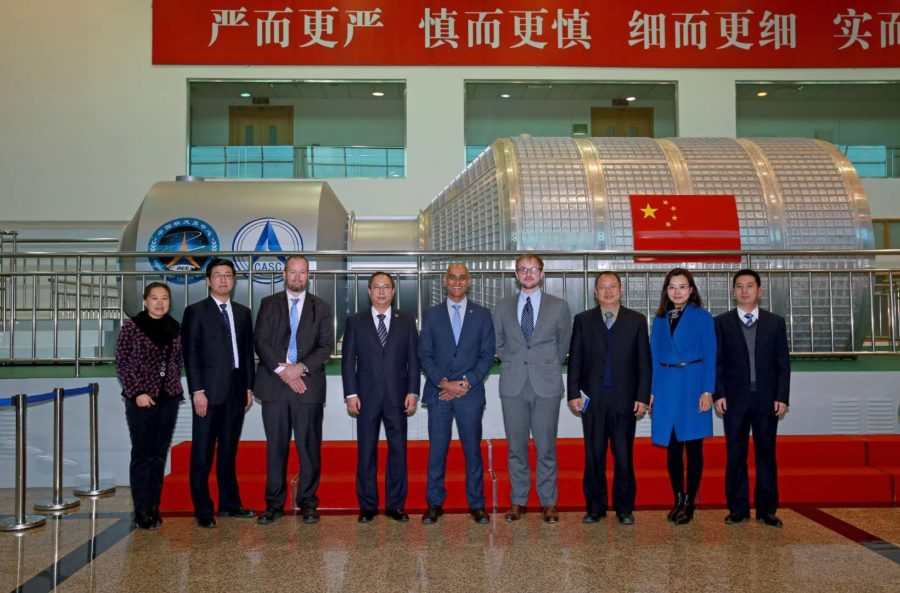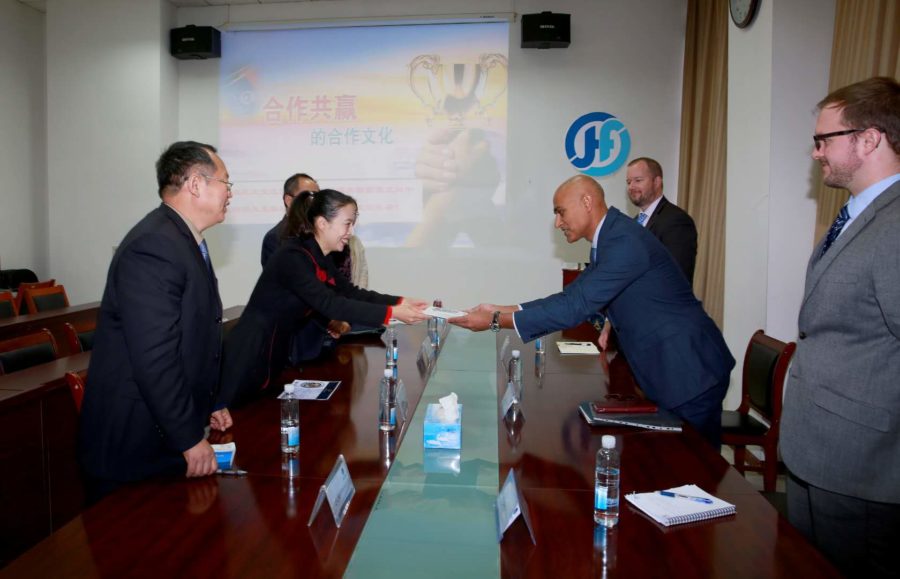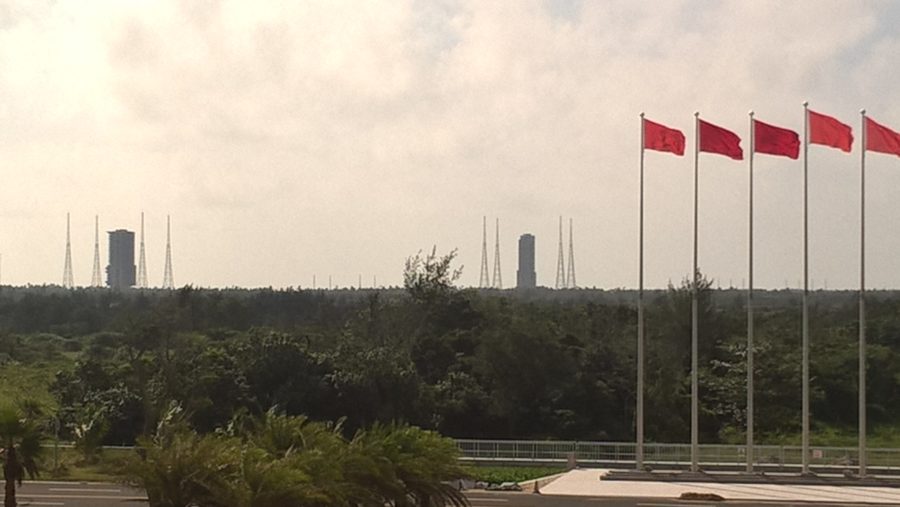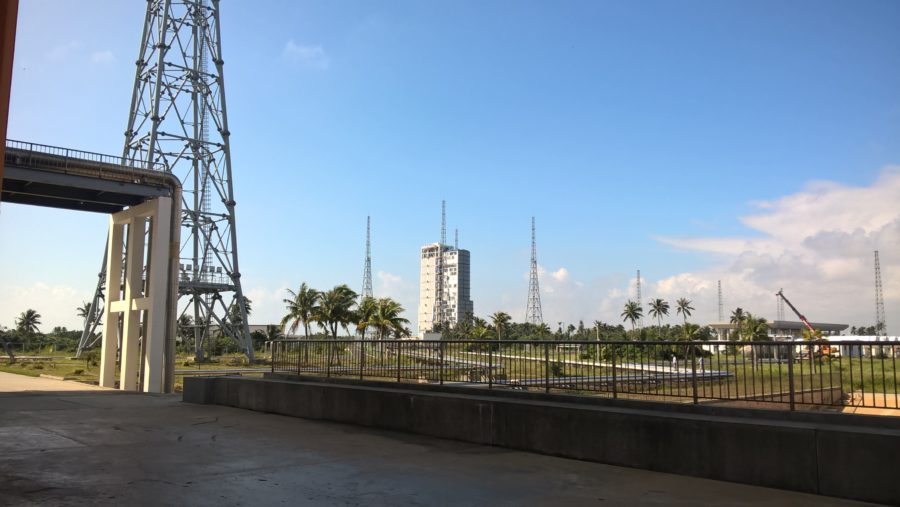25th January 2018 Auckland, New Zealand
Gateway to Space

In my previous blogs I have informed about the support the UK Science & Innovation Network (SIN) is providing to the UK’s National Space Academy (NSA) in China; helping to spread an inspirational model of teaching which uses Space Science in the context of teaching STEM subjects. The core objective is to get more children interested in science and engineering, for the benefit of economic growth (in both China and the UK). Getting children also interested in a career in the space sector is another factor given its association with cutting edge science and technology; and a driver of growth.
Such has been the impact of this programme that the NSA agreed to develop a UK-China Centre for Space Science and Education with a Chinese Education consortium led by the Beijing University for Posts and Telecommunications, the signing for which took place at the UK-China Space Workshop in Edinburgh last September. The aims of this Centre are to encourage greater levels of international partnerships in space science but more significantly to advance the core objectives of what we were doing previously. One attractive proposition is the creation of an annual summer school in China where UK and Chinese schoolchildren and teachers are taught (together) an NSA space science model. The course would also allow for the children and their teachers to visit Chinese space infrastructure (the Astronaut Training Centre and launch sites) and develop science experiments that could be used onboard Chinese space craft for the benefit of science curriculum in both countries, similar in scope to the Astro Academia Principia programme conducted by Tim Peake.

This proposition has had strong support within China’s space sector, namely from the China Launch and Tracking Centre, CLTC (which manages all 4 of China’s space ports) and the China National Space Administration (CNSA). By way of demonstrating their support for this joint education venture CLTC invited myself, Prof Anu Ojha (Director NSA) and Jack Smith from Research Councils UK to visit some of the core parts of China’s space infrastructure in November. We were given a tour of the Astronaut Training Centre and the Beijing Aerospace Control Centre (mission control) in Beijing. This encompassed a meeting with the female Chinese Astronaut Wang Yaping whose science lecture onboard the space laboratory Tiangong I in 2013 was broadcast to 60 million students across China and was an inspiration for the NSA’s Astro Academia Principia programme. This was followed up by a tour of the Wenchang Space Port in Hainan, China’s newest and biggest, and from where they will launch the modules for the new space station as well as their lunar and Mars missions. It was an incredible experience and one we were deeply grateful to our Chinese hosts in securing and organising.

This programme has great potential for UK and Chinese school children. They will join together and learn how relevant space science is to their everyday lives and most importantly for the future benefit of mankind. A career in science, engineering and the space sector is fundamental to our future economic growth. What better way to inspire this next generation than showing them the infrastructure that puts people and our technology up there, into space. China has a lot to be proud of with its space programme, it is a source of national pride and rightly so. By 2025 it may be the only country with a manned space station orbiting the Earth. Partnering with China to improve space science for the benefit of our children makes perfect sense and I’m glad to be helping the NSA in this endeavour.
